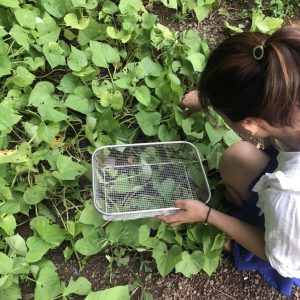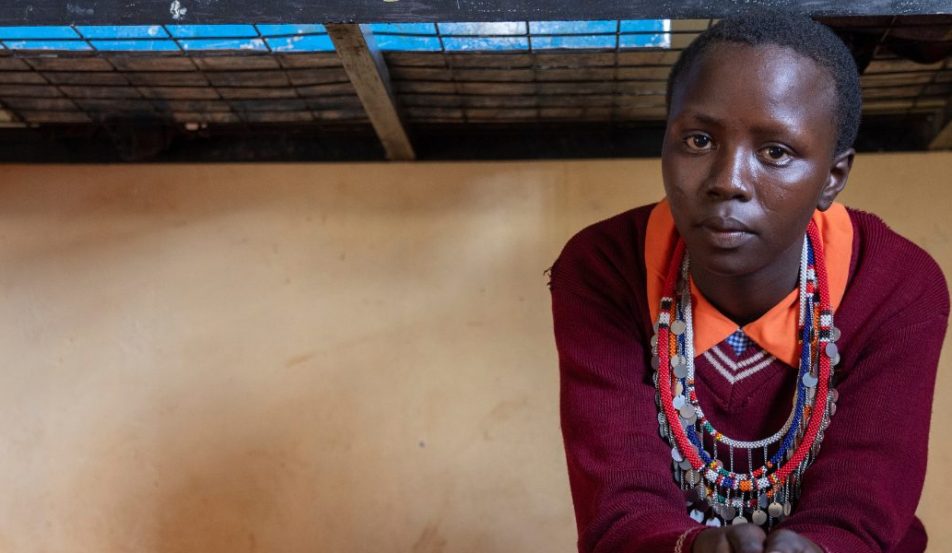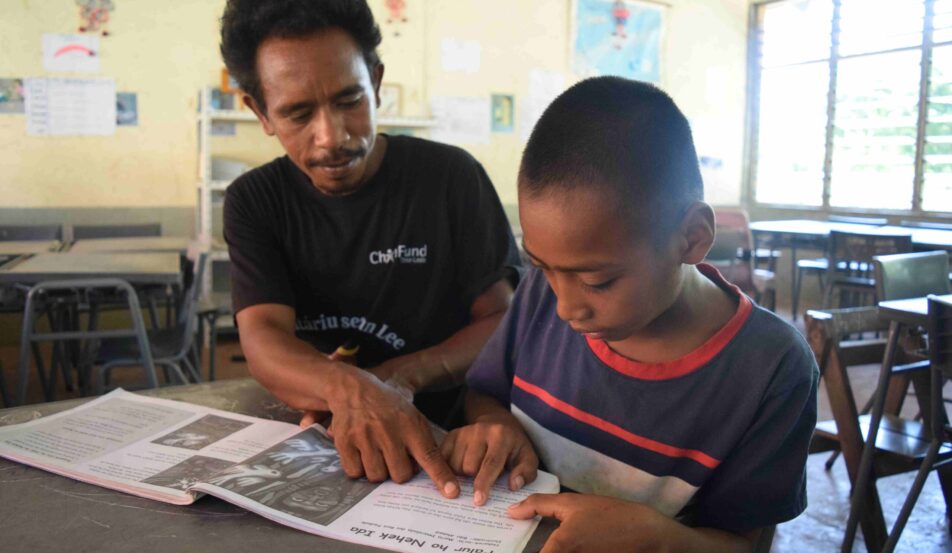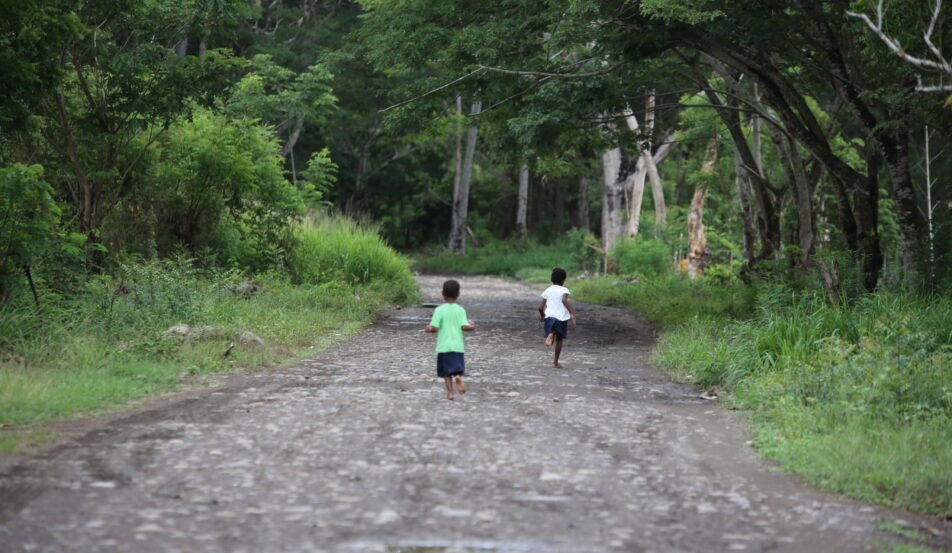One volunteer is improving maternal health in remote parts of Vietnam
Every child has the right to a healthy start in life. In remote parts of Vietnam one volunteer, Bui Thi Thuy is working tirelessly to make sure new mothers and their babies can access vital nutrition and maternal health services. ChildFund Vietnam recently spoke with her to learn about her experiences. Here’s what she had to say:
I am a village health worker in the Hoa Binh province. I have worked to implement the ‘Equal access to quality health services for mothers and children in mountainous areas- Phase 2’ project here from 2019-2022. During this process, the project has created many positive changes in my community and has contributed to changing the way we think about maternal health and childcare.
Before the project was launched, I saw very few families with young children paying attention to their children’s health. When parents see their child not eating, they think that the child must be sick and will eat after a few days. When parents had the time they would cook white porridge, but when they are busy, they buy instant porridge which is less nutritious. When one–two month-old babies cry, parents still follow the old belief that if babies are hungry, they should chew rice to feed them, ground up rice to cook or buy porridge for their children to eat. They also do not know how to ensure all four groups of nutrients in children’s meals.
One father, Hau recently took part in the program. He always takes his wife to antenatal care and accompanies her to take the children to each child weighing. When the village health worker consulted about his child’s health condition, he listened very attentively.

“Since taking part in the project, I have acquired knowledge on how to take care of children. While my knowledge might still be limited, I have learned about meals with four groups of nutrients – starch, protein, fat, and fiber to add to my children’s meals. In the past, we used to go to the market to buy meat and fish to feed our children, but now we grow vegetables, raise chickens for eggs, and add animal fat to our children’s meals all thanks to the knowledge shared by the village health workers through communication sessions,” said Hau.
“In December 2021, my child showed signs of stunting. Recalling the knowledge that was shared and consulting with the village health worker, I supplemented my child’s meals with more nutrients for bone growth and paid more attention to the daily meal portion. In March 2022, according to the village health measurement, my child has shown development. We have yet to overcome malnutrition, however, I will keep taking good care of my child in the future,” said Hau.
I have also heard many mothers say that group activities on maternal and children’s health care have many practical applications to their daily routine.
“Before the project, my family did not know how to use vegetables in the garden, eggs from domestic chickens to supplement the children’s meals. I also didn’t know about ’colourising the bowl’ to make children’s meals more beautiful and nutritious. Only when the project took place did we start to pay attention to this,” said Thong, one mother who took part in the program.
Another young mother said: “When I was pregnant, I was also given micronutrients to take until 3 months after giving birth. Every 3 months, there is a weighing session to know the health status of the baby. When my first child was born in 2012, I did not receive micronutrients. At that time, a rich family would buy iron to drink every month, but I could not do this. At that time, I was also given a ‘Maternal and Child Health Monitoring’ book, but when I returned home, I did not pay much attention to it. Now, equipped with new knowledge on how to use the book, I have been storing it carefully.”
As a village health worker, I have been a companion in organising and guiding childcare activities of health projects in the past few years. I can see parents’ perceptions have changed, and I’m proud to have played a small part to influence the change of caregivers!

































